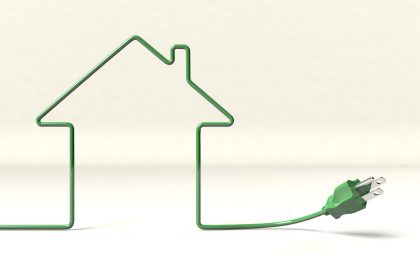
If you’re considering renovating your home in order to maximize your energy efficiency and long-term monthly expenses, here is a guide with five essential Eco-Friendly ideas for your home. Following these guidelines will not only minimize unnecessary energy expenditure; they will also save you a great deal of money, in the long run. Keep them in mind while updating and retrofitting your home, this coming spring.
Home Energy Audit
Before making any major decisions regarding home renovations or changes, a professional home energy audit is highly recommended. The U.S. Department of Energy has a Residential Energy Services Network that contains a directory of certified energy raters and auditors in your area. An audit will allow you to fully understand where your house is least able to bar against energy loss due to structural or insulation-based issues. Professional home auditors check for air leaks in and around windows and doors, wall insulation, lighting types, paint toxicity, smoke detectors, etc., to determine the areas in which your house is losing the most energy.
Insulation
The second go-to priority for sustainable home renovation should be to check and see how insulated your home is, currently. Comfort Home Improvements, for example, uses a variety of technical tools as part of our free home energy audit to assess your home’s “building envelope,” or the barrier between the inside and the outside of your home Once you’ve found a professional to help, you’ll be glad to know that the cost of this task is subsidized by the state, if you happen to live in New York.
Windows
One of the main culprits of excess heat loss or entry, during the winter and summer months, is old, single-pane windows. New, energy-efficient panes are usually double or triple-pane, to keep cold or hot air out. There’s also the benefit of the federal tax incentives for energy-efficient improvements, so take a look at the IRS website to see what is currently being offered. When beginning the process of replacing your windows, there are a number of factors you’ll want to consider, in order to maximize their energy-efficiency. First, consider the type of glass to install: there’s either double or triple-pane glass, as well as an optional coating to reduce heat in the summer. Second, there is a number of framing material options, including wood, aluminum, and vinyl. Third, there are a variety of different designs available, including double-hung and casement designs.
Weatherstripping
The fourth step to ensuring maximum energy efficiency is to weatherstrip around windows and doors, so as to prevent cold air from leaking in. This Old House has a basic guide to give you some ideas, but an effective system should ideally include a tubular silicone sweep that fits beneath the door. The U.S. Department of Energy has more information on various types of weather-stripping materials and methods for windows, as well. It’s not always necessary to replace your windows, but if so, Comfort Windows has a brief guide to help you learn the basics about some of the more efficient options out there. We have a guide to doors, as well, in case you decide to update any of your entryways.
Energy-Efficient Lighting
The fifth and final step to maximizing energy efficiency and sustainability is to replace all your traditional, incandescent light bulbs with either light-emitting diodes (LED) or compact fluorescent light bulbs (CFL) since they will save energy. For example, most Energy Star LED bulbs can last more than twelve (12) years! That’s quite a substantial amount of time — apparently five times longer than an average incandescent light bulb. The U.S. Department of Energy published a handy PDF that explains more of the differences if you’d like to read more about it. However, it’s good to know that light bulbs are recyclable if you’re in need of replacing old light fixtures.
Besides those five major considerations, use common sense: always reuse and re-purpose older furniture and home decor, rather than buying new items, simply for the sake of using less energy and fewer resources in the creation of your ‘new’ look. Replace your toilets, faucets, and showers with low-water use fixtures, and source your paint and renovation materials from an eco-friendly source that will guarantee their safety and lack of toxins. Beyond that, make sure you’re working with reputable professionals who are up-to-date on all the latest sustainable methods in green building and renovation, and you’ll be set. Best of luck in your renovation adventures, and be sure to think of Comfort Windows for all your window replacement and upgrading needs!
Tags
Subscribe to the Comfort Windows & Doors Blog


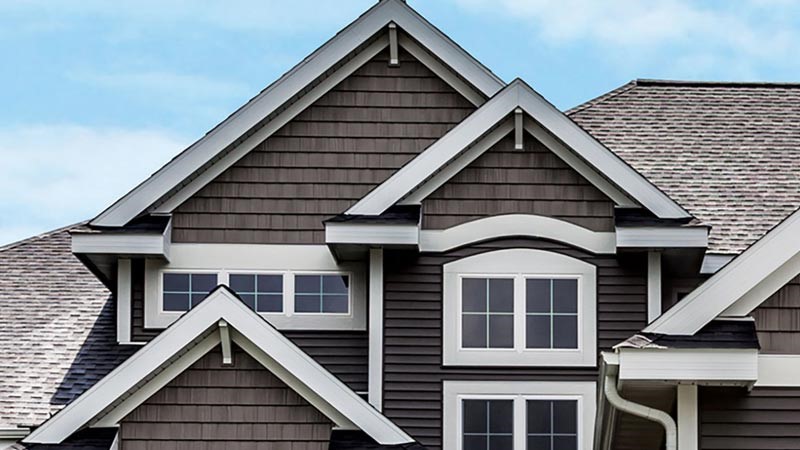
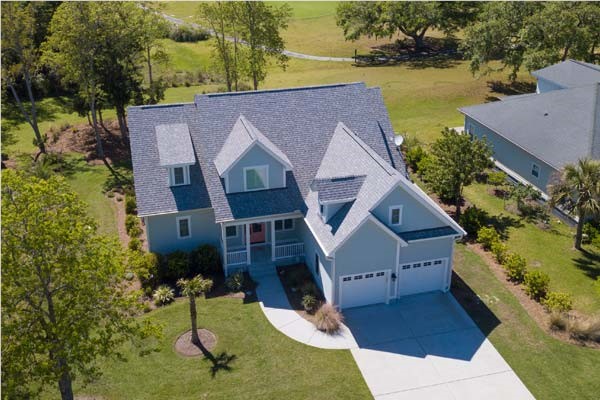
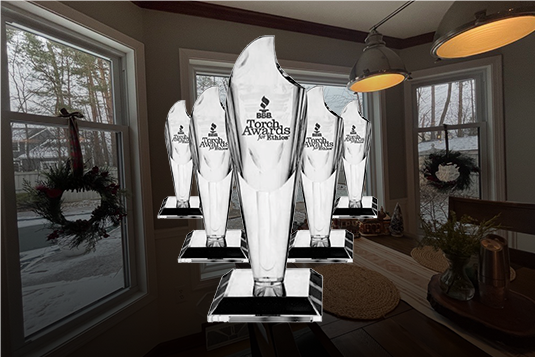
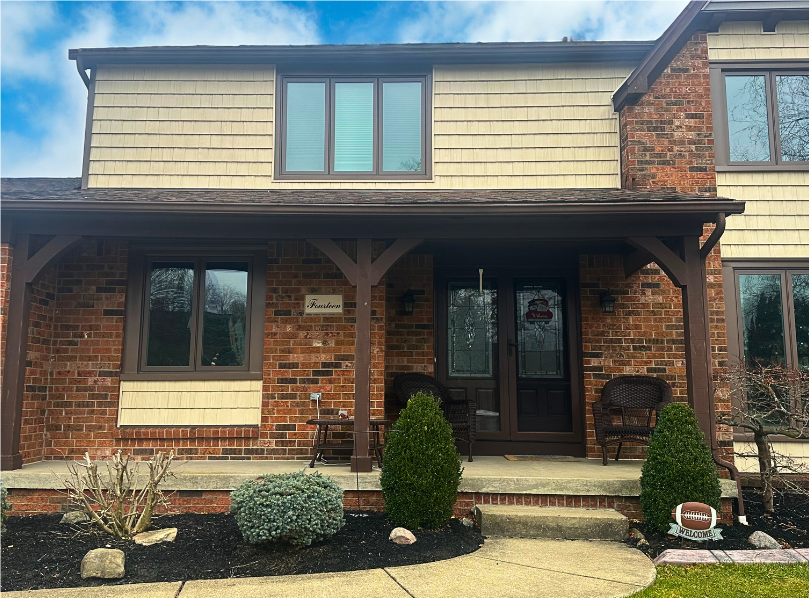
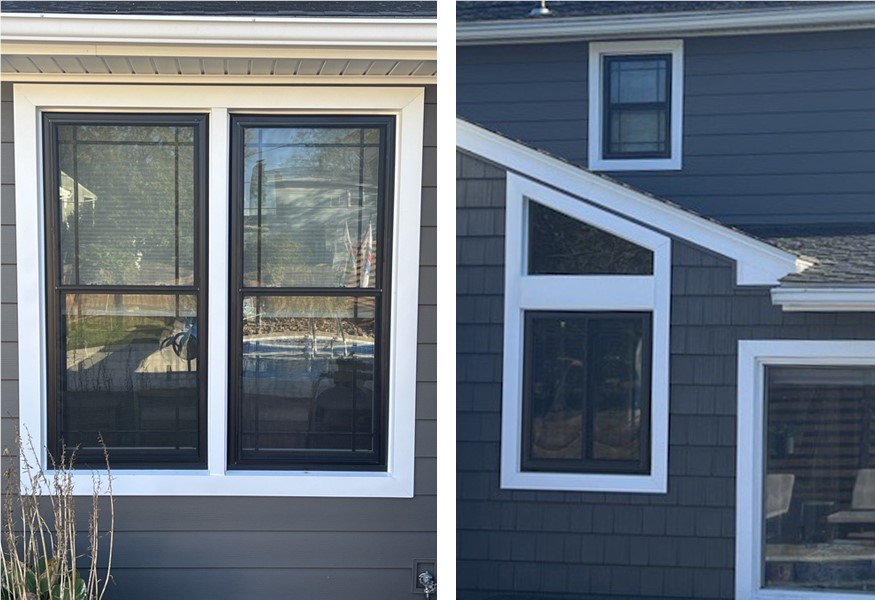

Comments